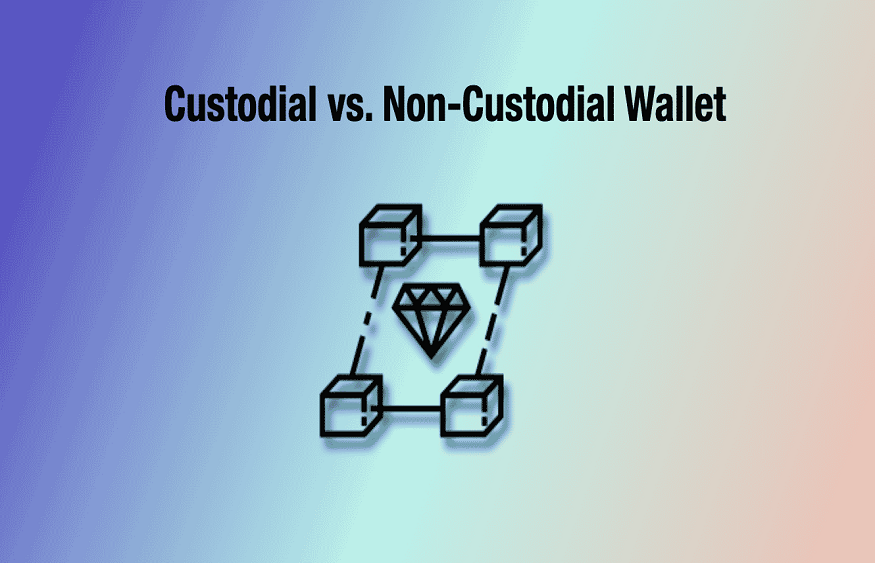Cryptocurrencies are a type of digital currency that use encryption techniques to secure and verify transactions. Some of the most well-known cryptocurrencies include Bitcoin, Ethereum, and Litecoin.
A cryptocurrency wallet is a software program that allows you to store, send, and receive digital currencies securely. It stores private and public keys that enable you to access and manage your cryptocurrency. A cryptocurrency wallet can be classified as either a custodial or non-custodial wallet.
When choosing a cryptocurrency wallet, it’s important to consider factors such as security, ease of use, and the specific cryptocurrencies it supports. It’s also important to ensure that you keep your private keys safe and secure, as anyone with access to your private keys can access your funds.
Cryptocurrency wallets can be classified as either custodial or non-custodial, depending on whether a third-party service provider manages the private keys or the user manages the private keys.
Custodial wallets are controlled by a third party, while non-custodial wallets are self-custodial, meaning the user has complete control over their private keys. Custodial wallets are convenient and easy to use, but users give up control over their funds, and the wallet provider holds the private keys. In contrast, non-custodial wallets are more secure, but require more technical expertise and responsibility from the user.
Control over private keys
One of the primary differences between custodial and non-custodial wallets is control over private keys. With a custodial wallet, the wallet provider controls the private keys, and users rely on the provider to secure their funds. This means that you do not have full control over your funds, and your assets are held and secured by the service provider. So, users’ funds could be lost if the wallet provider is hacked or suffers a data breach. In contrast, with a non-custodial wallet, the user has complete control and is responsible for managing their private keys, which provides greater control and security.
Convenience
Another key difference is convenience. Custodial wallets are generally more convenient and user-friendly, as the provider takes care of everything from setting up the wallet to managing the private keys. Non-custodial wallets, on the other hand, require the user to take more responsibility for their funds and may require more technical expertise to set up and use.
Security
Security is another factor to consider when choosing a wallet. Custodial wallets may be less secure because users have less control over their funds. They are more vulnerable to hacks, scams, and thefts, as the wallet provider is a central point of failure. In contrast, non-custodial wallets are more secure because users control their private keys, reducing the risk of theft or loss due to external factors. You can store your digital assets offline or on a device you control, such as a hardware wallet.
Regulatory compliance
Finally, regulatory compliance is another consideration for cryptocurrency wallet users. Custodial wallets may comply more with regulatory requirements, as the wallet provider is accountable for managing and reporting transactions. Non-custodial wallets are more decentralised and may not be subject to the same regulatory scrutiny, which could lead to compliance issues for users.
Choosing between a custodial and non-custodial wallet depends on the user’s priorities, risk tolerance, and technical expertise. Custodial wallets offer convenience, but users give up control over their funds. Non-custodial wallets provide more control and security, but require more responsibility from the user. Ultimately, users must decide which type of wallet best meets their needs based on the trade-offs between convenience, security, and control.



